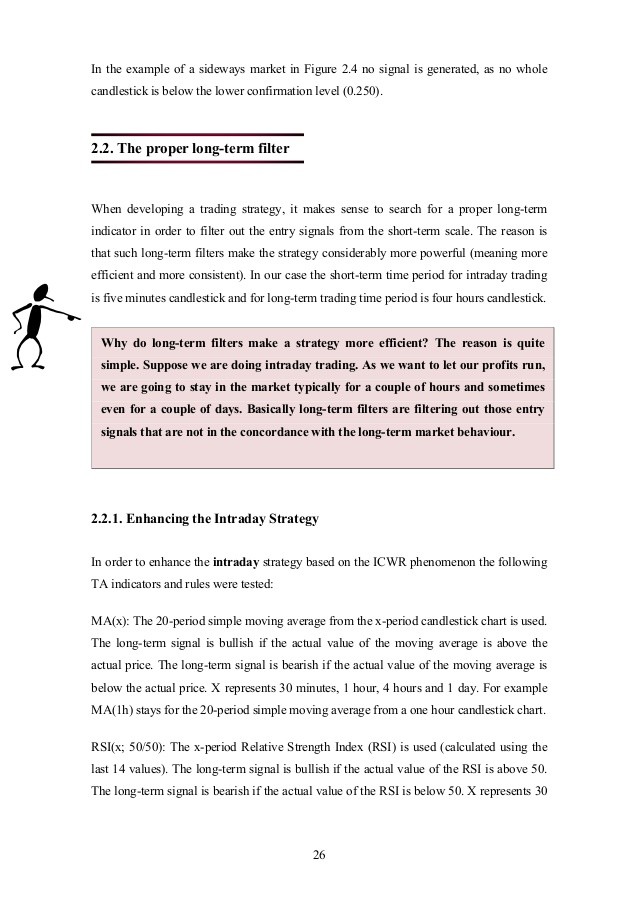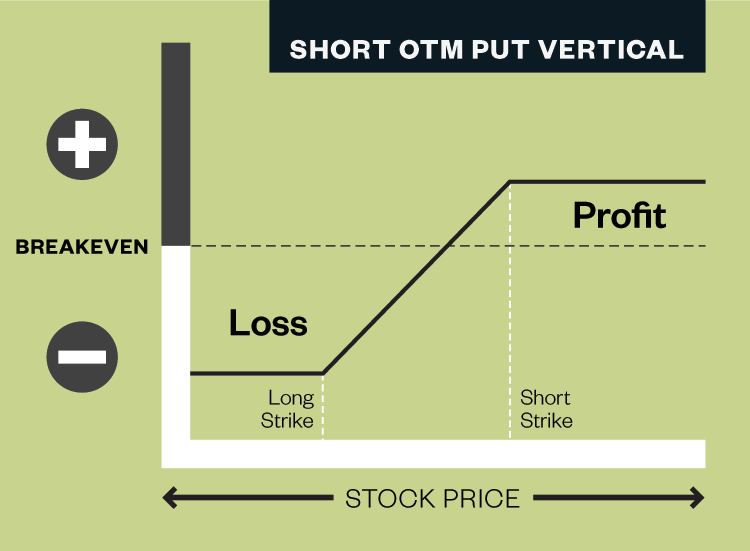Options Strategies for a Sideways Market
Post on: 6 Август, 2015 No Comment

As the market becomes witness to what is expected to be positive first-quarter earnings, an anticipated incremental rise in interest rates and its own position smack in the middle of technical support and resistance levels, many traders expect stocks to remain relatively flat over the next three to six months. So what do you do? You look into your options toolbox and pick out a few strategies that can produce a profit in a sideways or range-bound market environment.
Straddles and Strangles
Selling straddles (the simultaneous sale of a put and call with the same strike price and expiration) is akin to applying the fine blade of an Xacto knife to a position. Straddles can produce the best results, but because they require precision and expertise and typically have a very high risk/reward ratio, I’m reluctant to recommend this method.
In the past I have suggested strangles (the simultaneous sale of a put and call with different strike prices but the same expiration), but with plenty of caveats. Even though they have a wider range in which a profit can be realized, they still present the possibility of unlimited loss. Strangles should be used with shorter time frames or in specific situations in which implied volatility has jumped to relatively high levels. This might occur before a highly anticipated news event, before an earnings release or in the immediate aftermath of a debacle that has caused a steep decline in the underlying stock price.
One candidate that currently looks attractive for selling strangles is PalmOne (PLMO ). The stock trades at $21.10, and the options sport an implied volatility of 75%, allowing the May 20/$22.50 strangle to be sold for a net credit of $3, giving you break-even points of $17 and $25.50, or a 39% price range in which a profit can be realized over the next five weeks.
While there may be some isolated cases that warrant the straight sale of volatility through the a short straddle or strangle, the volatilities of broad market options products, in everything from the S&P 500 to the Nasdaq 100 Trust (QQQ — Get Report ). are sitting near eight-year lows. For this reason, I wouldn’t feel comfortable or deem it prudent to suggest establishing these positions, even though it appears the general market indices could be range-bound for the next few months.
Look at the Animal Kingdom
Instead, let’s focus on butterflies and condors, which are variations on straddles and strangles, respectively. A long butterfly is a three-strike position, involving the sale of two at-the-money options (either all calls or all puts), while simultaneously buying one out-of-the-money option and one in-the-money option. All the options would have the same expiration. A good way to think of this strategy is that it combines two vertical spreads — one bullish and one bearish — with a common middle strike. The butterfly is a cousin to the straddle, but in implementing the butterfly, purchasing the outside pieces lowers your profit potential while also limiting the position’s risk to the net cost of the position.
The condor is kin to the strangle in that it involves selling both an out-of-the-money put and call and simultaneously buying a put and call that are both further out of the money. Once again, these outside purchases will reduce the maximum profit but expand the range in which it can be realized, while limiting the maximum loss to the net debit or credit of the position, plus the differential in strike prices between the long and short strangles.

In the hope that a picture is worth a thousand words, here’s an illustration of the profit and loss profile of each of the four positions.
One goal when using butterflies and condors is to establish them for as little debit as possible (or for a credit, if possible). This usually means going out further in time or using options with longer life spans to achieve the same profit potential that you get with simply selling straddles or strangles with near-term expiration dates. The trade-off — and there is always a trade-off — is the limited risk of the butterflies and condors vs. the greater profit potential of strangles and straddles.
The table below compares the profit and loss profile of each position using the June options of the Nasdaq 100, which have technical support at $35 and resistance at $38, meaning they may remain within this range over the next two months. The values are based on Tuesday’s closing prices with the QQQ at $36.60. To see recent (about a 20-minute delay) QQQ option prices, look here.
QQQ Range-Bound Strategies














